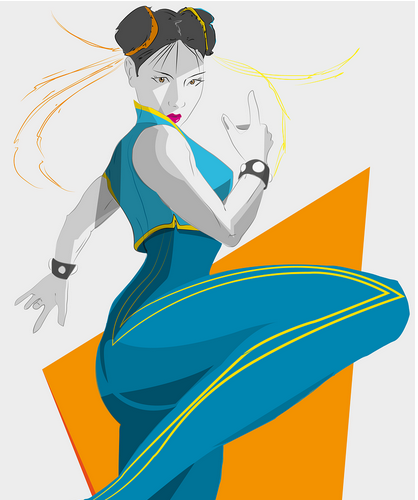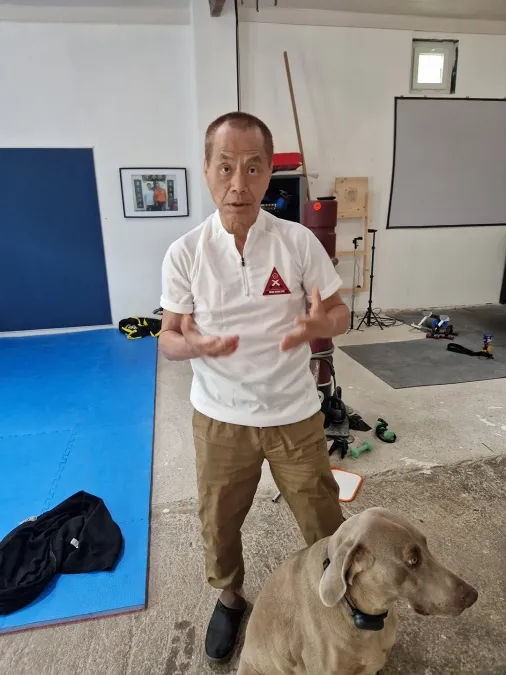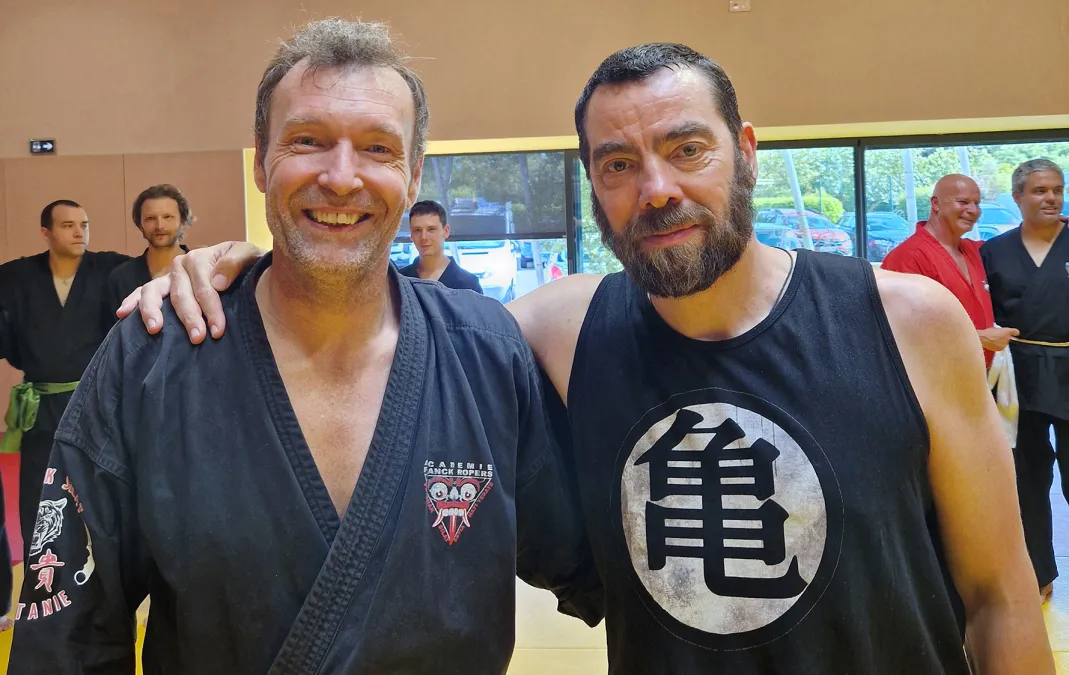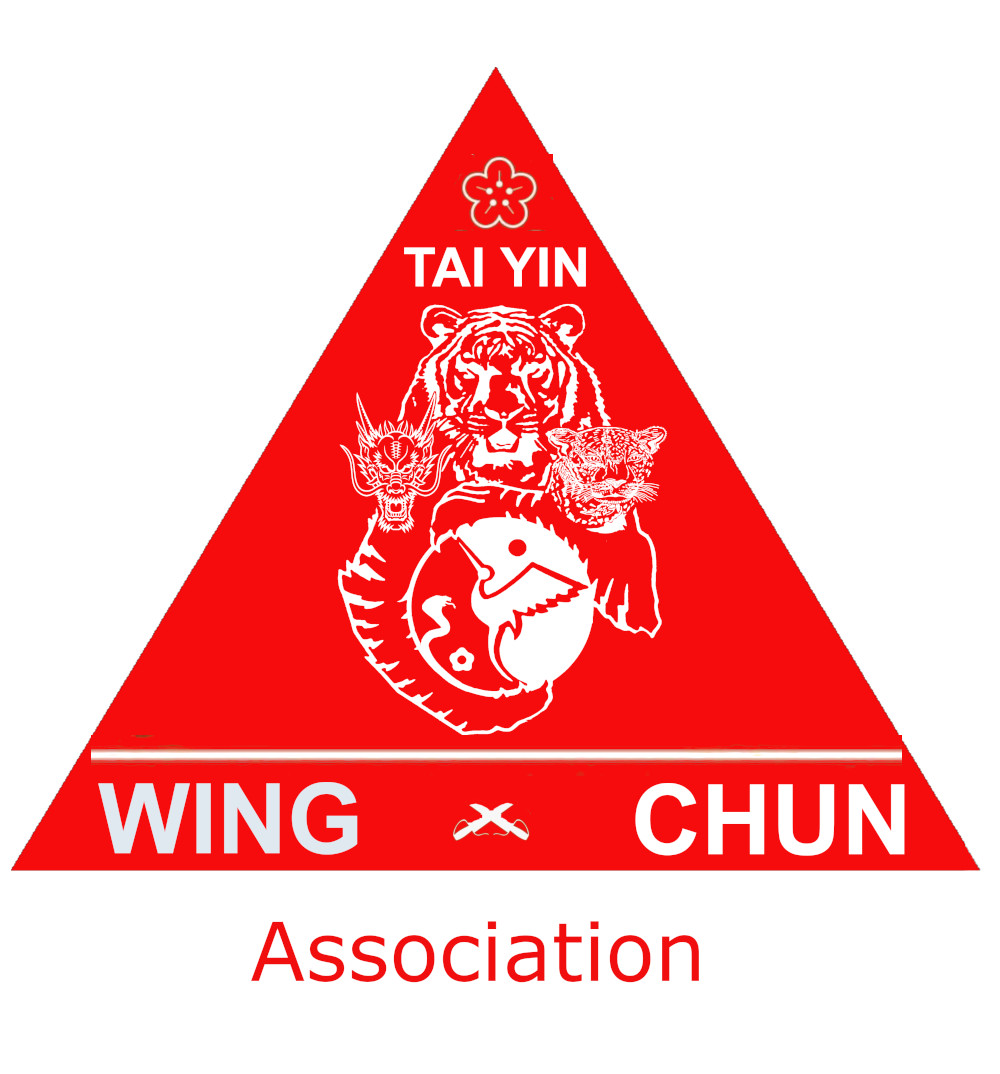
Who Created Wing Chun?

Wing Chun is one of the most respected and practiced Chinese martial arts around the world. But have you ever wondered who created Wing Chun? This question takes us into a fascinating history full of legends, esteemed masters, and secret traditions. This article explores the mysterious origins and influential creators of this unique martial art, highlighting figures like Wu Mei, Yim Wing Chun, and the members of the Heaven and Earth Triad.
The Origins of Wing Chun
The Legend of Wu Mei
Wu Mei, often called Ng Mui, is widely recognized as one of the creators of Wing Chun. A Buddhist monk and member of the Heaven and Earth Triad, Wu Mei was also a skilled master of Pak Mei and Dishu Quan. She reportedly decided to create a 100% female martial art style, suitable for women who were physically weaker than their male opponents.
- Wu Mei: A fake nun and member of the Heaven and Earth Triad.
- Master of Pak Mei: An internal and extremely powerful martial art.
- Creator: A style designed for a young girl, Yim Wing Chun.
Yim Wing Chun: The Legendary Disciple

Yim Wing Chun, a 15-year-old girl, is the central figure of this legend. Working in a tofu factory, she already had a good level of Hung Kuen. The story goes that her work at the tofu wheel naturally strengthened her posture and techniques.
- 15-Year-Old Girl: Known for her skill in Hung Kuen.
- Tofu Work: Natural development of posture and techniques.
- Disciple of Wu Mei: Helped create Siu Lim Tao and Chum Kiu.
The Contribution of the Heaven and Earth Triad
The Heaven and Earth Triad, a Chinese secret society, played a crucial role in the spread and evolution of Wing Chun. Masters like Ji Sin and Miu Hin enriched the martial art with long staff and double knife techniques.
- Master Ji Sin: Taught the "six-and-a-half staff technique."
- Master Miu Hin: Techniques of the Taiping double knives.
Triad: Common base of Hung Kuen before learning Wing Chun.
Master Ji Sin: Taught the six-and-a-half staff technique
- Ji Sin, a prominent member of the Heaven and Earth Society, significantly contributed to Wing Chun by teaching the "six-and-a-half staff technique." This technique involves the use of a long staff, often measuring up to 3.2 meters, made of ironwood.
- Importance of the staff: The long staff helps develop strength, precision, and coordination.
- Training: This technique is designed to improve long-range defense capabilities and is integrated into the Wing Chun system to provide versatility to practitioners.
System Development: Ji Sin's addition of this technique enriched Wing Chun by providing an effective long-distance combat method, essential for practitioners in various combat situations.
Master Miu Hin: Techniques of the Taiping double knives
- Miu Hin, another influential member of the Heaven and Earth Society, brought specialized double knife techniques to Wing Chun, known as the Taiping knives.
- Origin of the techniques: These techniques were initially used by Portuguese soldiers and fishermen in Macau and were adapted into the Chinese martial context by Miu Hin.
- Effectiveness of the knives: The double knives allow great agility and speed in attacks, offering a considerable advantage in close combat.
- Integration into Wing Chun: Miu Hin taught these techniques to Yim Wing Chun, who then incorporated them into the system, creating what is now called the "Eight Carving Knives Technique."
- These distinct contributions by Ji Sin and Miu Hin played a crucial role in the evolution and overall effectiveness of Wing Chun as a versatile and complete martial art.
Fundamental Techniques of Wing Chun
Siu Lim Tao and Chum Kiu
The first two forms of Wing Chun, Siu Lim Tao and Chum Kiu, were created by Wu Mei and Yim Wing Chun. These forms are the basis of all Wing Chun techniques, developing structure, posture, and internal energy principles.
- Siu Lim Tao: First form, focused on basic structure.
- Chum Kiu: Second form, integrating more complex movements and bridging techniques.
The Wooden Dummy Form
The wooden dummy, or Mook Yan Jong, is an essential tool in Wing Chun training. It helps practitioners perfect their techniques and develop their sense of touch.
- Mook Yan Jong: Wooden dummy used for training.
- Perfection: Techniques and development of touch.
- Essential: Integral part of the Wing Chun system.
Wing Chun Weapons
Wing Chun also uses weapons, notably the long staff and butterfly knives. These weapons were introduced by Ji Sin and Miu Hin, thus enriching the martial art.
- Long Staff: Six-and-a-half staff technique.
- Butterfly Knives: Eight carving knives technique.
- Origins: Knives inspired by Portuguese soldiers and fishermen in Macau.
The Spread and Evolution of Wing Chun
The Role of Masters
Masters like Ip Man played a key role in spreading Wing Chun worldwide. They not only taught this martial art but also wrote about its techniques and philosophies.
- Ip Man: Worldwide diffuser of Wing Chun.
- Teaching: Schools opened in Hong Kong and elsewhere.
- Writings: Documentation of techniques and philosophies.
Wing Chun Today
Today, Wing Chun is practiced all over the world. Schools and associations continue to promote this martial art, remaining faithful to the teachings of the old masters while adapting the techniques to modern needs.
- Worldwide: Practice around the globe.
- Schools and Associations: Continuous promotion and teaching.
- Adaptation: Techniques adapted to modern needs.
Wing Chun FAQ
Who created Wing Chun?
Wing Chun was created by Wu Mei and Yim Wing Chun, with significant contributions from Heaven and Earth Triad masters like Ji Sin and Miu Hin.
Why was Wing Chun created?
Wing Chun was created to provide an effective and adaptable combat system, specifically designed for physically weaker people, especially women.
What are the key elements of Wing Chun?
The key elements of Wing Chun include the forms Siu Lim Tao and Chum Kiu, the wooden dummy (Mook Yan Jong), and weapon techniques like the long staff and butterfly knives.
Is Wing Chun effective for self-defense?
Yes, Wing Chun is known for its effectiveness in self-defense thanks to its direct and practical techniques.
Conclusion
Wing Chun is much more than just a martial art. It is a cultural and historical heritage rooted in the legends of esteemed masters and secret societies. Understanding who created Wing Chun allows us to appreciate the richness and depth of this martial art even more. Whether you are a practitioner or simply curious, Wing Chun offers a unique perspective on the history of Chinese martial arts and their evolution to this day.
In summary, Wing Chun is not the work of a single person but the result of the combined efforts of several masters and the Heaven and Earth Triad secret society. It is a martial art that continues to evolve and spread, perpetuating the legend of Wu Mei, Yim Wing Chun, and all those who contributed to its development.
#Who Created Wing Chun?












